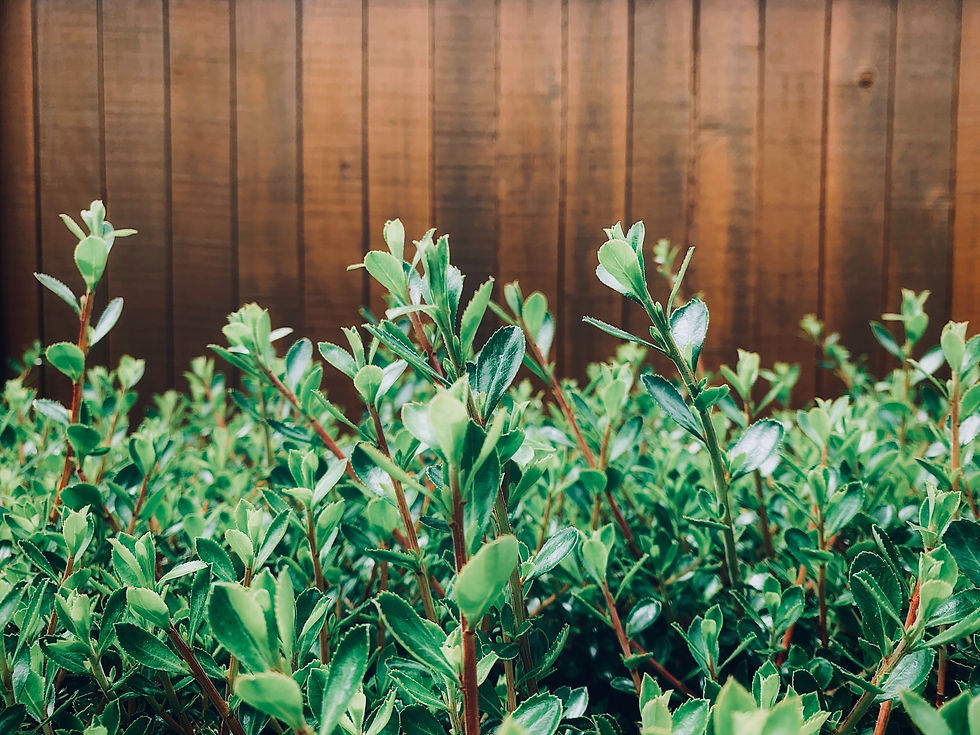Seasonal Affective Disorder: More Than a Myth
- Melissa McGrath

- Nov 11, 2021
- 2 min read
Updated: Mar 30, 2024

As summer turns to fall, and fall turns to winter, many of us experience a change. Gloomy weather and cold days roll in, and it seems easier and easier to keep ourselves isolated inside, our motivation dwindling. While some may brush this off as a go-to excuse, it is anything but. For many, the change in seasons has an adverse effect on their mental health, one with as broad of a spectrum as any health struggle.
The Mayo Clinic defines Seasonal Affective Disorder (or its very apt acronym: SAD) as "a type of depression that's related to changes in seasons." One which begins and ends at the same time every year, most often in the fall and winter, though sometimes in spring and summer months as well. These seasons impact your energy and often result in moodiness.
The Mayo Clinic describes potential signs/side-effects to include: feelings of depression, lost interest in passions/activities, low energy, sleeping problems, sluggishness, agitation, change in concentration, feelings of hopelessness, worthlessness, or even guilt, and, in more severe cases, thoughts of death or suicide. SAD and the impacts of weather on our health are well researched, substantiated, phenomena that should be addressed with the same legitimacy as better known health struggles.
The difficulty with a disorder such as this is its symptoms overlap with other diseases and disorders, its most distinguishing sign is its alignment with the seasons. When considering your own potential encounter with the aforementioned symptoms, it can help to keep in mind that certain circumstances may make an individual more likely to deal with SAD. Research done by CAMH suggests that women and young people are more likely to be diagnosed with SAD, though environmental factors, particularly geographic location, contribute as well (those living farther north or south are more likely to be diagnosed). Additionally, a family history of SAD or various forms of depression contributes as well.
By no means does an individual struggling with SAD have to suffer through the months of a particular season feeling the variations of these symptoms. There are steps that can be taken to reduce its impact on daily life, and overall health. CAMH cites light therapy as an effective combatant to SAD, light therapy includes "exposure to bright artificial light" and products intended for this exact scenario are available for purchase. It should be noted that light therapy can cause mild nausea, headache, and eyestrain. In cases with more extreme symptoms, light therapy alone should not be used to treat SAD; medical care should be sought out by a professional. CAMH’s Your Care page can direct you to a variety of resources.
As many of us fall into the depths of cold weather, shorter days, frequent rain and snow, it is important to remain attuned to our bodies and minds. Much like the seasons, and weather, change so do we. These shifts in our emotion and energy should not be diminished or ignored.
————— Melissa is a 20-year-old undergraduate student at the University of Toronto, heading into her fourth year of study. She is currently pursuing her Bachelor of Arts with a major in English and History and a minor in Religion. She has a passion for reading and writing, and intends to pursue a career in publishing.







Comments